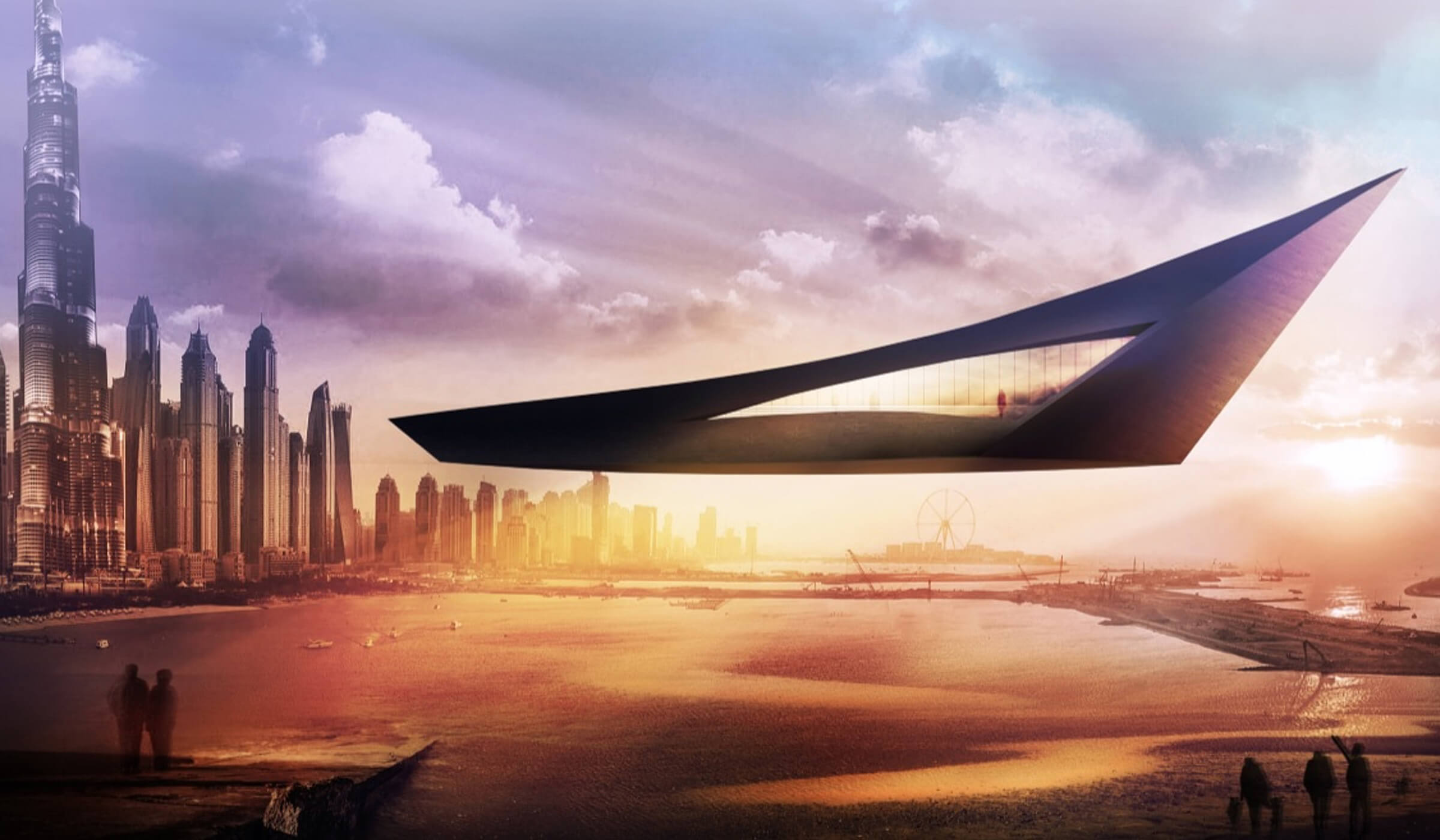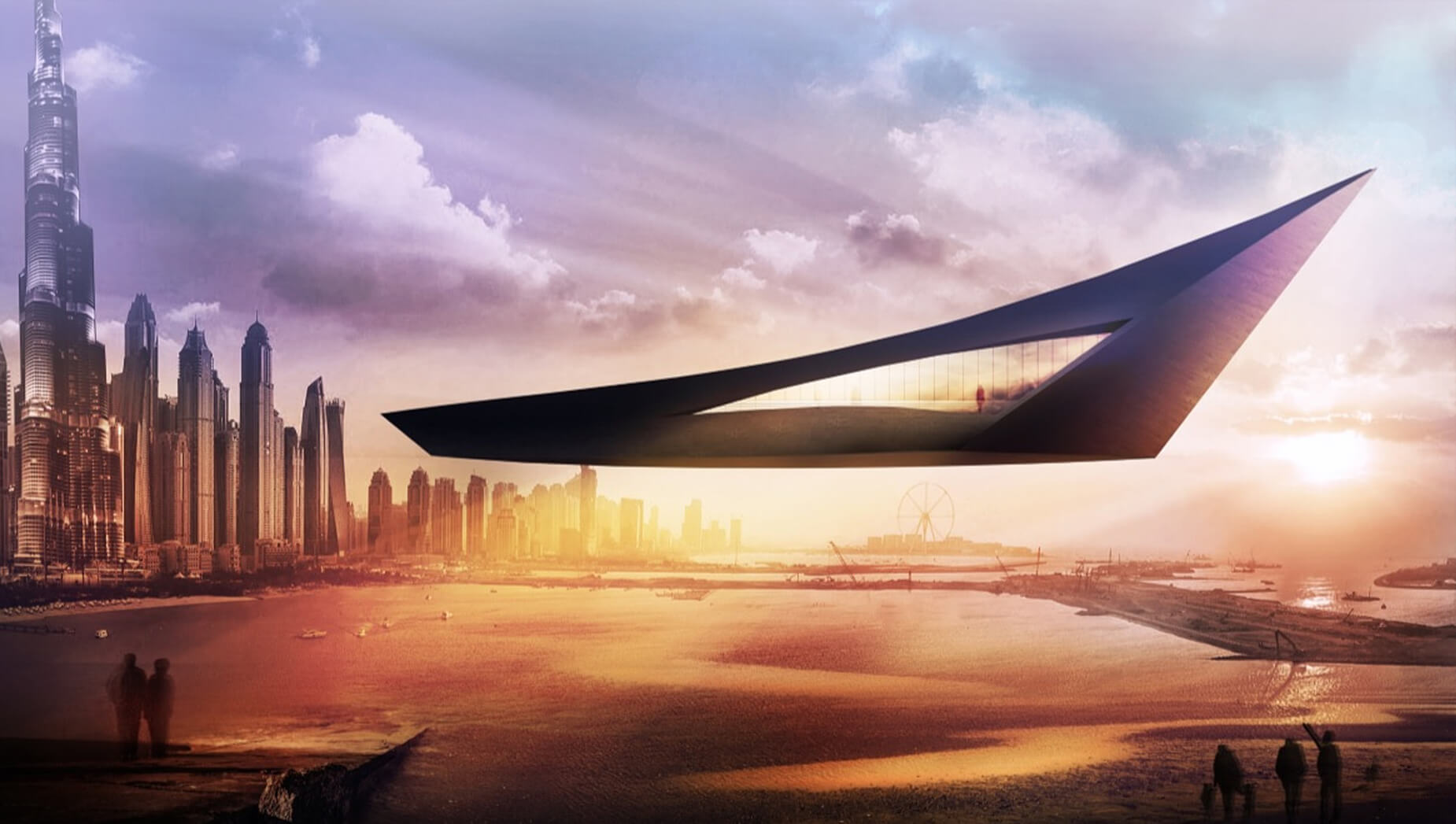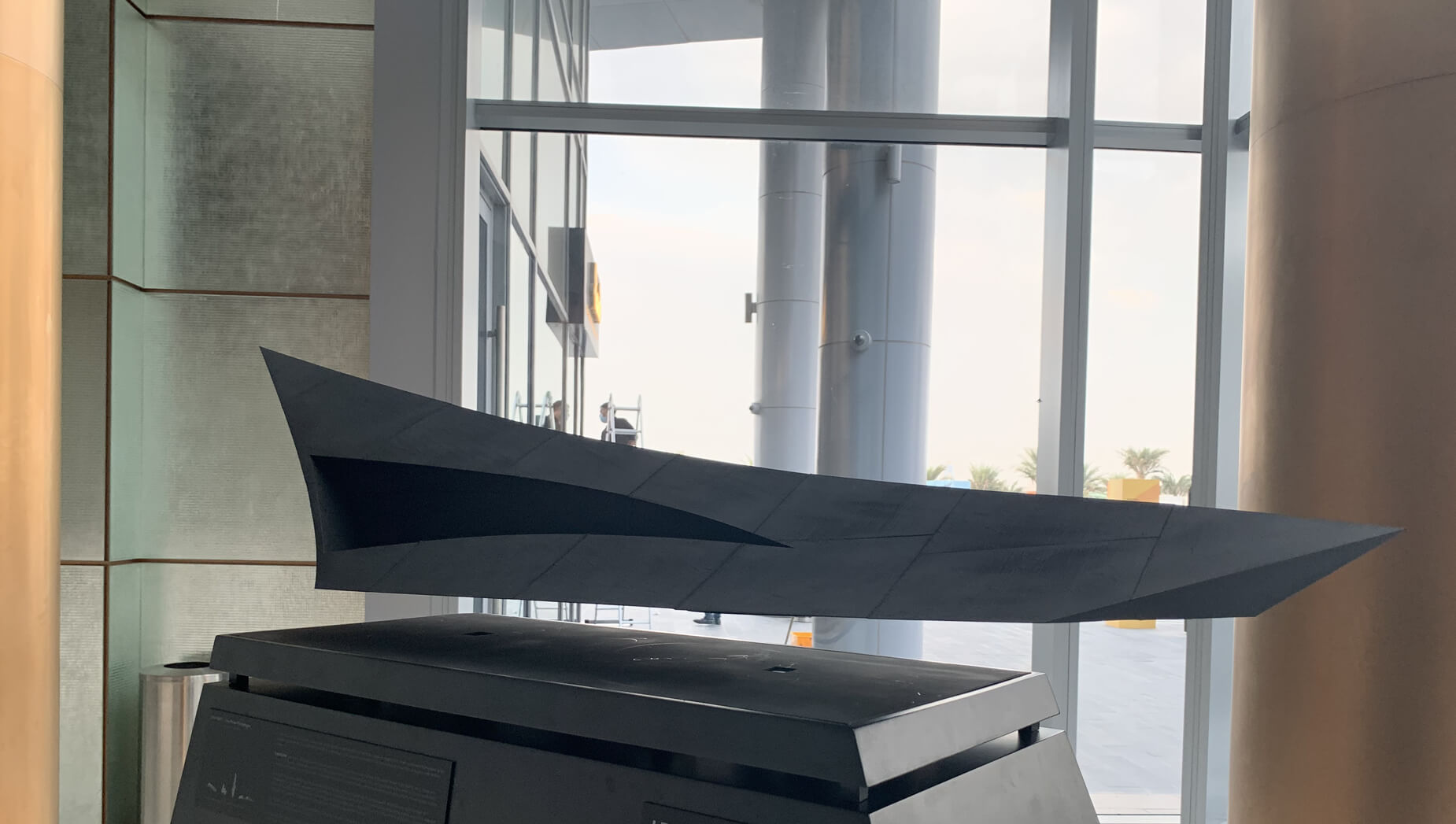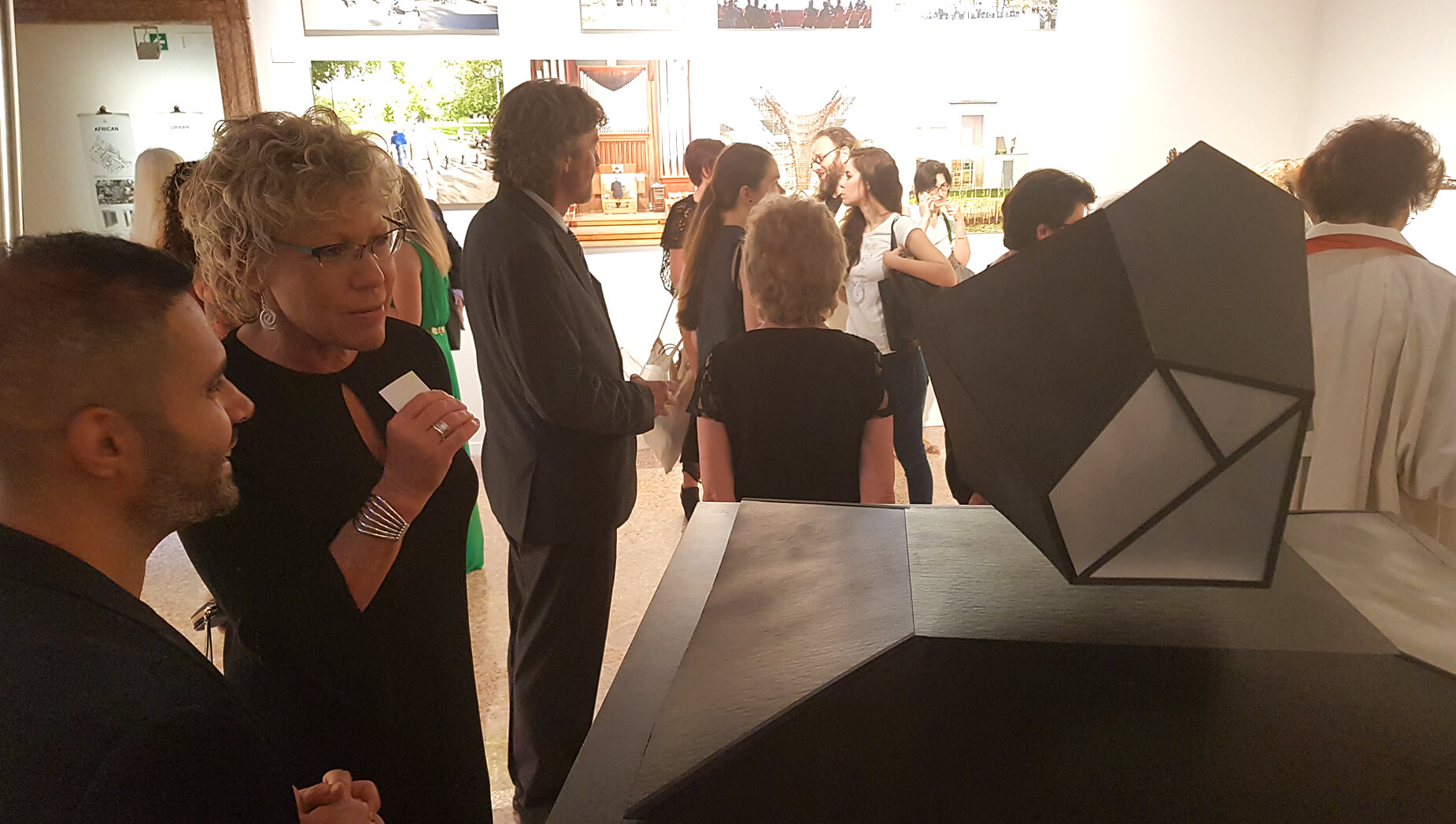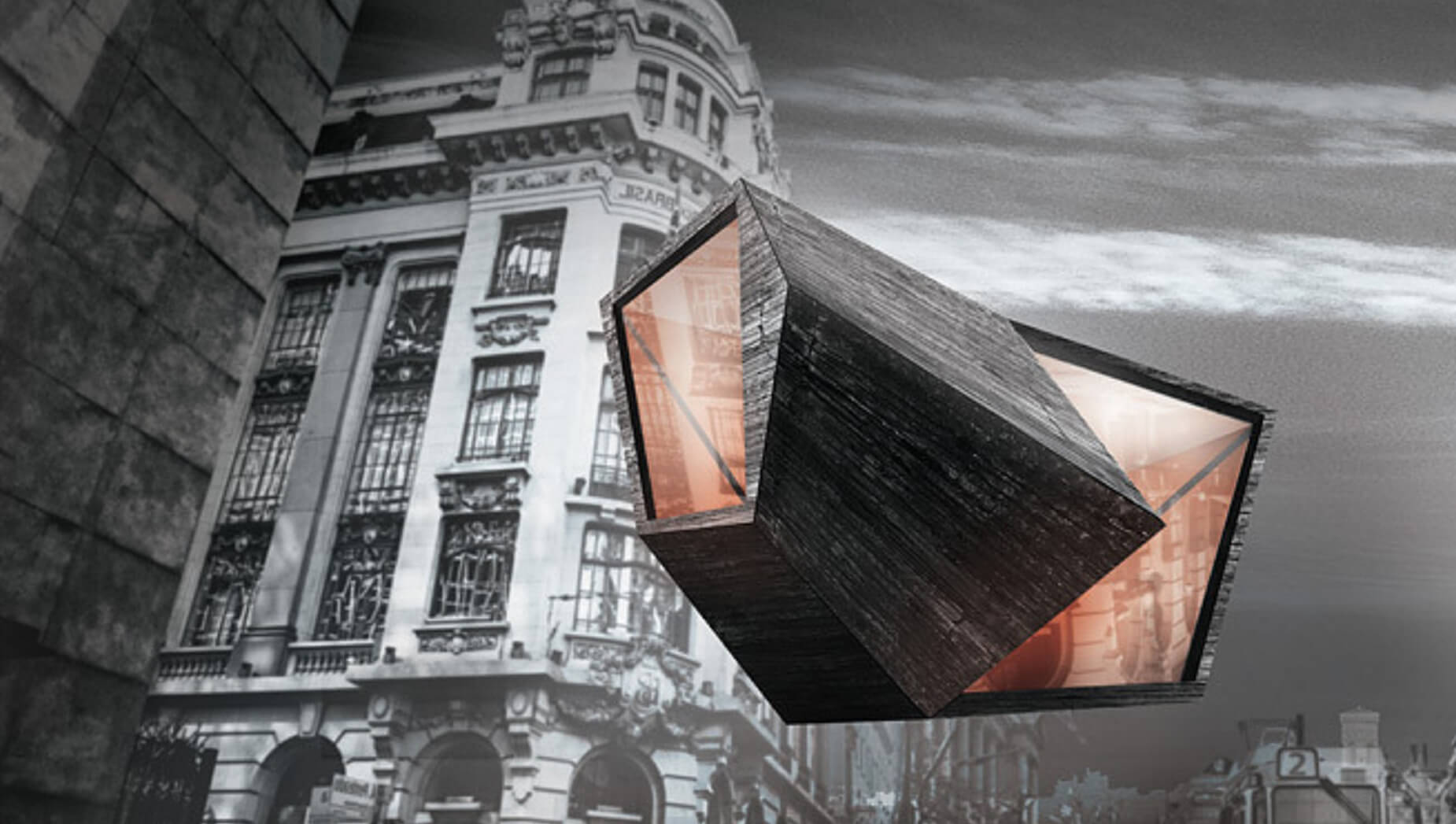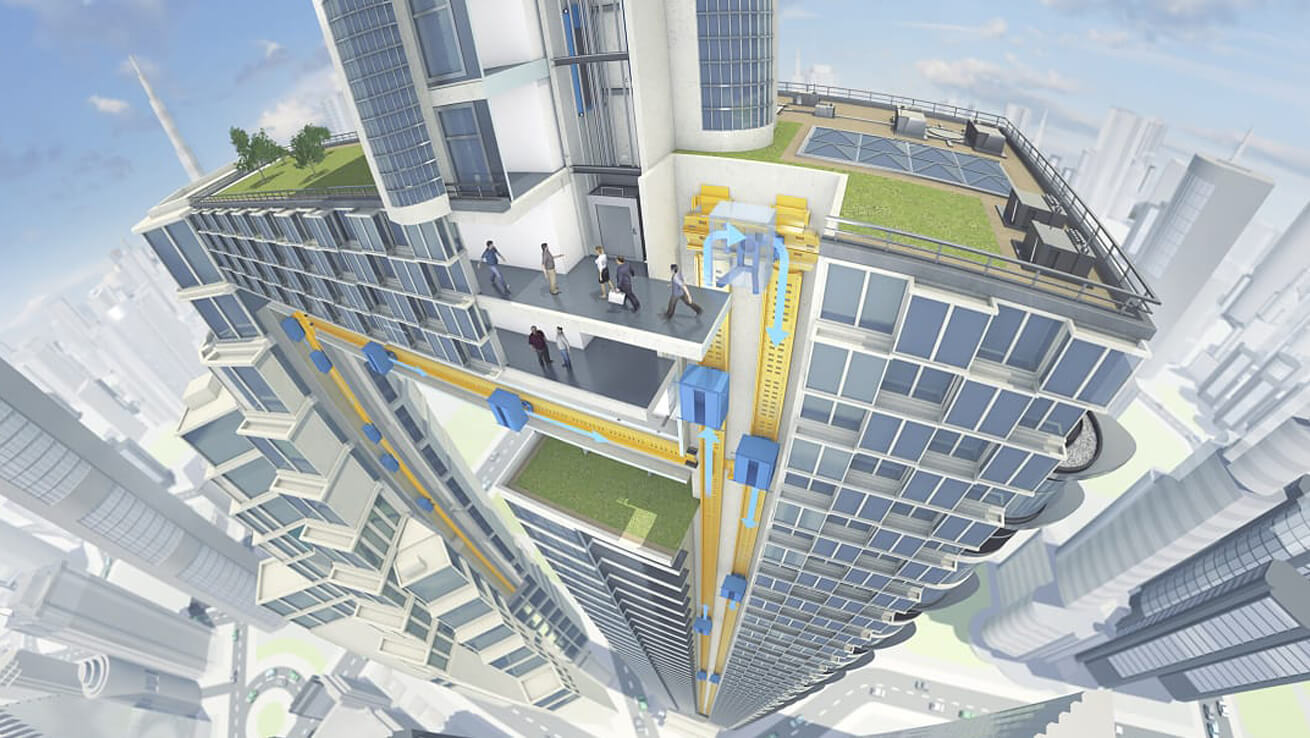One of the downsides of living in a major city is the lack of space. Packed train carriages, shoebox apartments, and traffic jams are among the regular reminders that space is a rare luxury in the most populous hubs. But what if we could rise above it all, leaving the crowds and traffic behind for a peaceful haven in the urban skies?
This is the captivating premise of the “Rising Oases” project from Professor Georges Kachaamy, director of the Center for Research, Innovation and Design at the American University in Dubai (AUD).
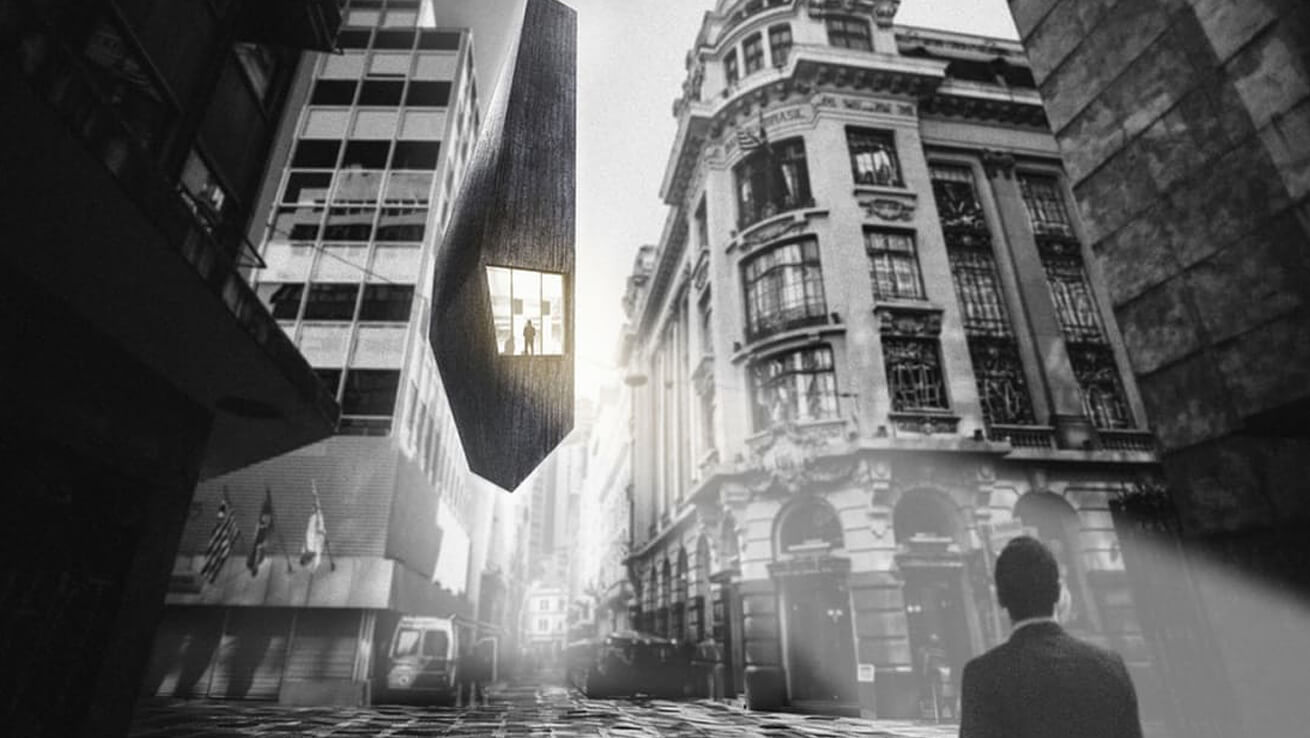
Kachaamy’s floating architecture, more than a decade in development, is one of the star attractions on display at Dubai Design Week from November 11-16. “Rising Oases” sketches out a possible future in which there are “platforms inside the city where humans can unwire themselves from their daily restraints.”
The architect’s visions of untethered spaces hovering over city streets might seem far-fetched, but he believes in them.
“When you realize the possibilities you truly believe it is not so far away,” he says. “This is not science-fiction.”
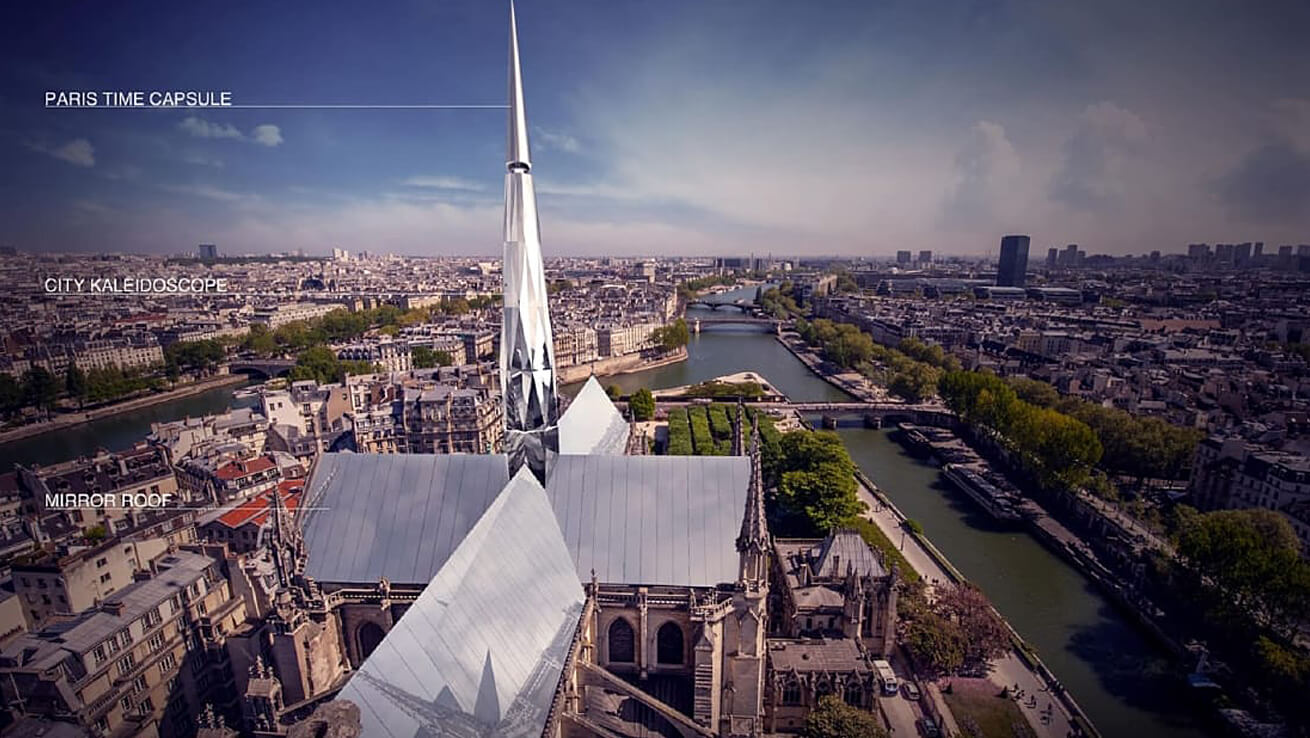
Inch by inch
Kachaamy first conceived of floating architecture as a student in Japan 13 years ago, and the quest has become increasingly serious. For the past five years he has been steadily increasing the size of his models.
“When I started generating prototypes it was in miniature dimensions almost 10 centimeters long,” he recalls. “Now the current prototype is almost two meters long – so the next one will definitely be bigger.”
The professor has experimented with different technologies for his floating models.
The current system makes use of magnetic levitation – sometimes shortened to “maglev” in its application with frictionless, high-speed trains – that works by lifting an object through the force of two opposed magnets.
Kachaamy uses 3D-printed, ultra-light plastic material for the prototypes, to maximize the size of the object the magnetic force can lift.
“You have to find an equilibrium between the weight of architecture and the strength of technology,” he says. “Then you can achieve greater heights and more impressive prototypes.”
